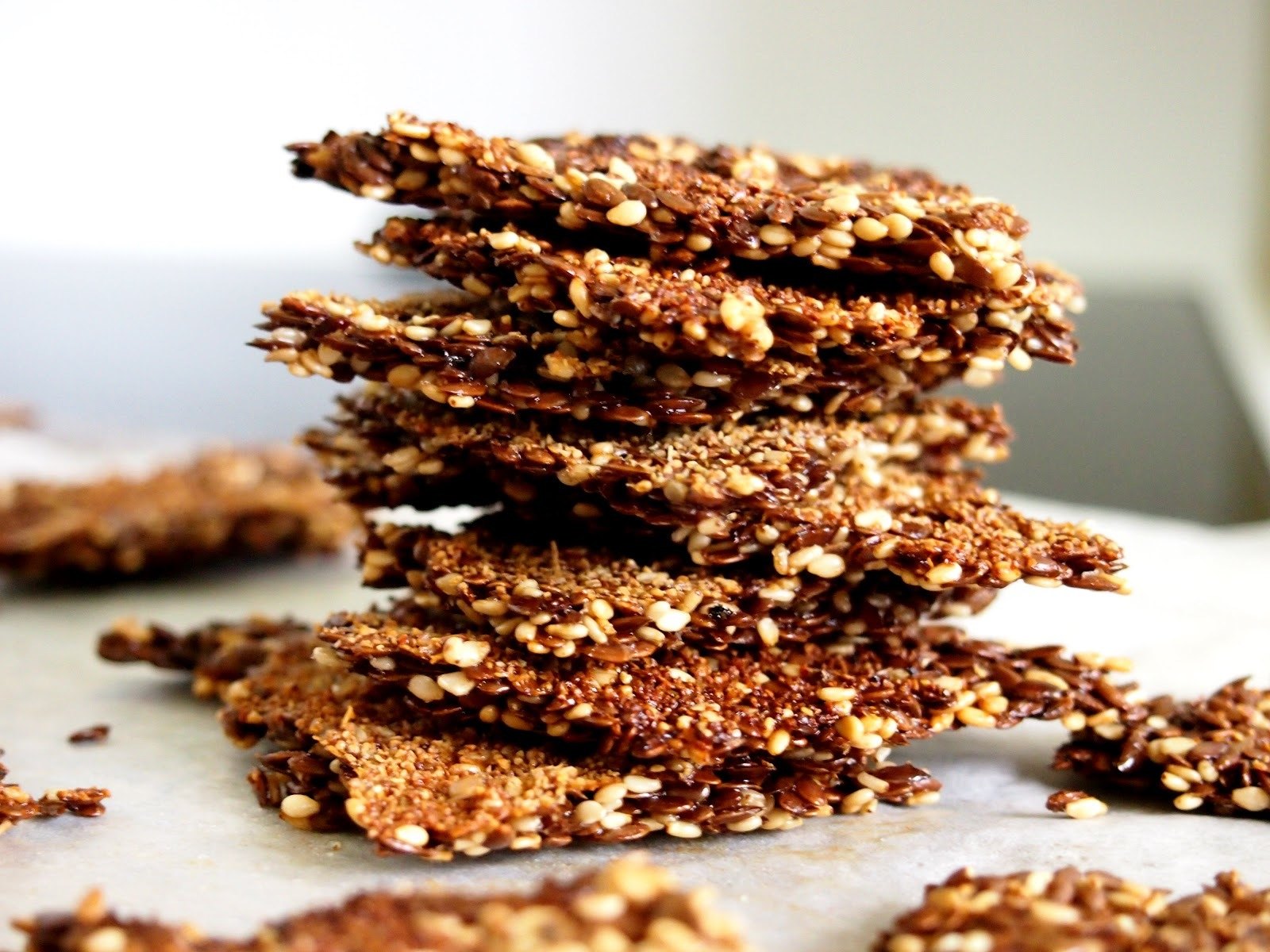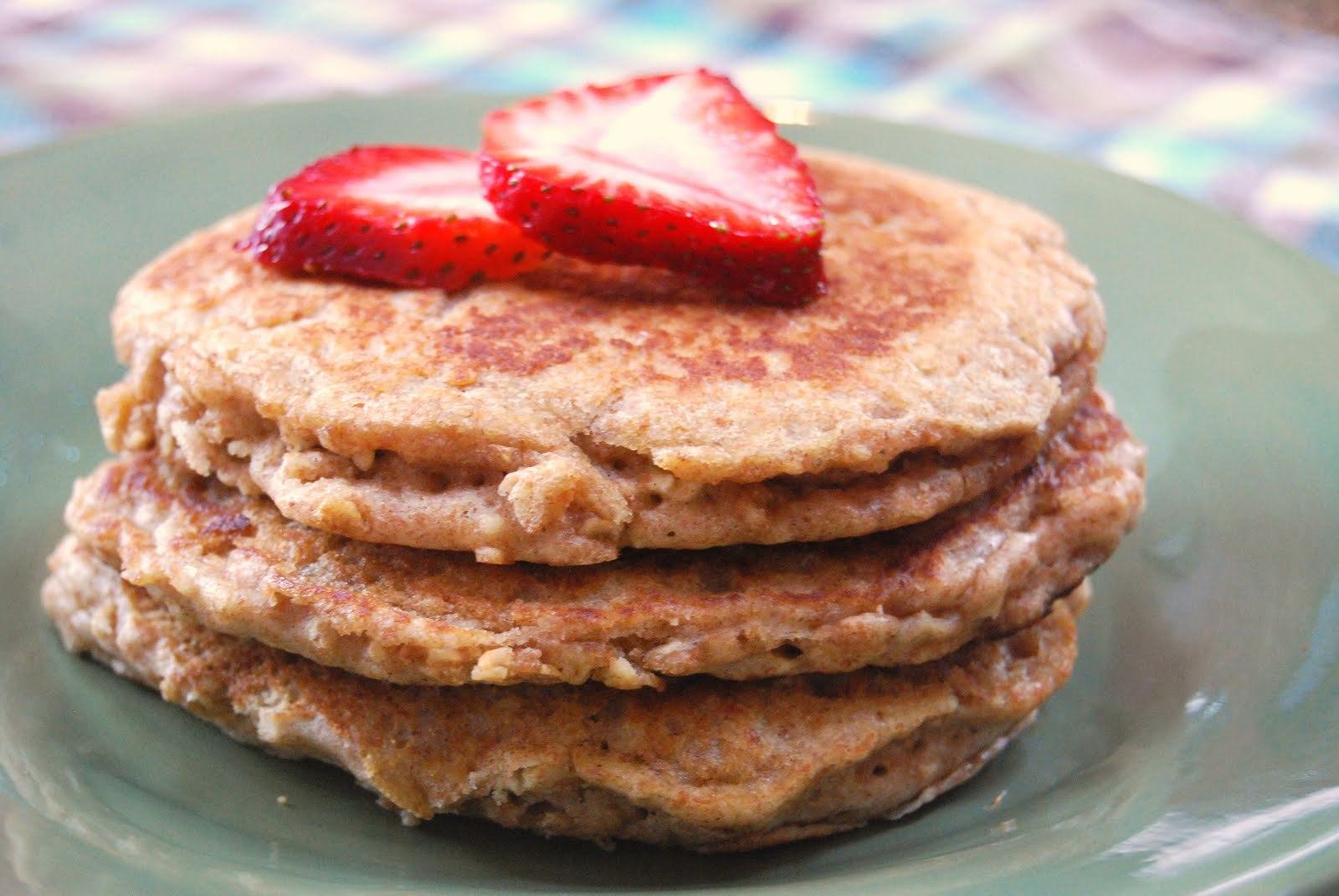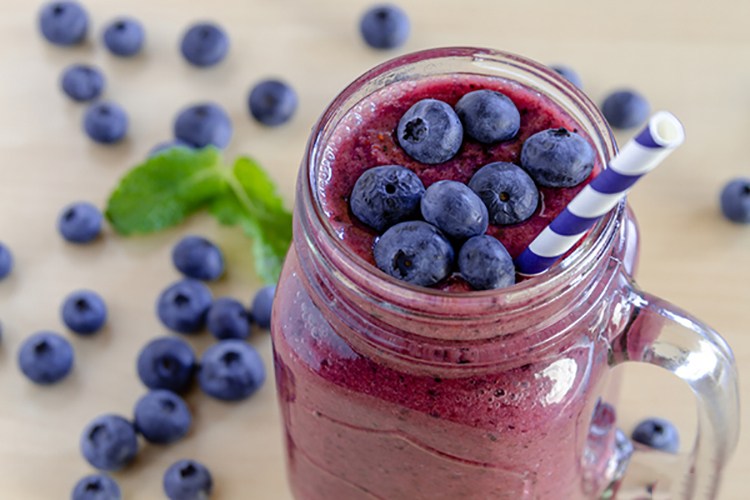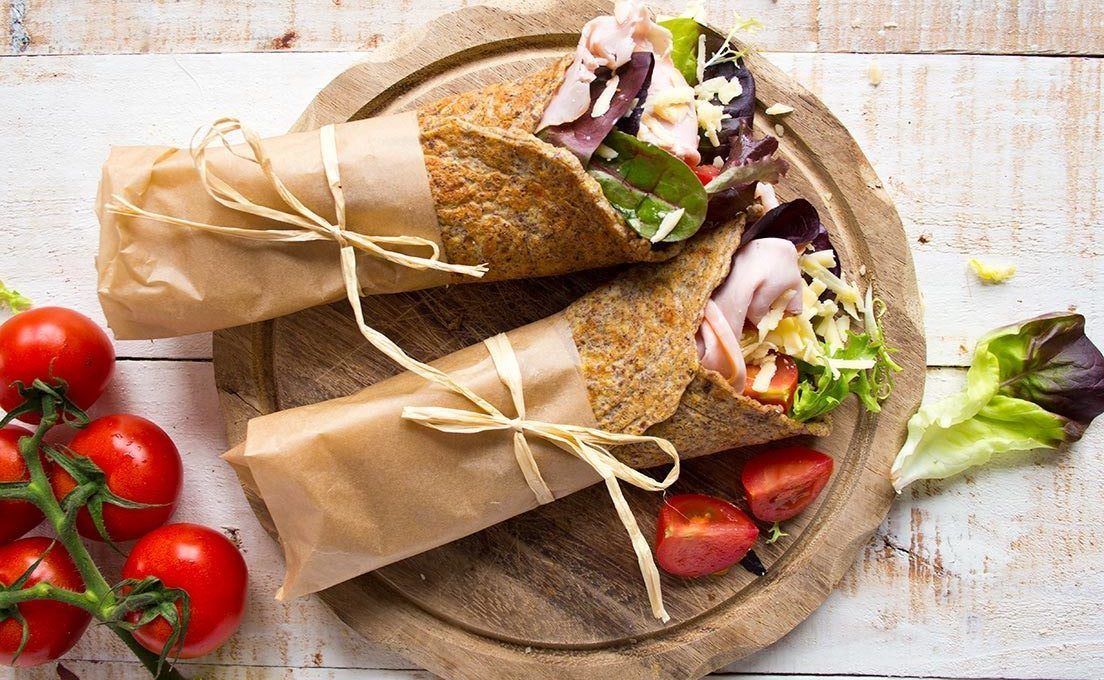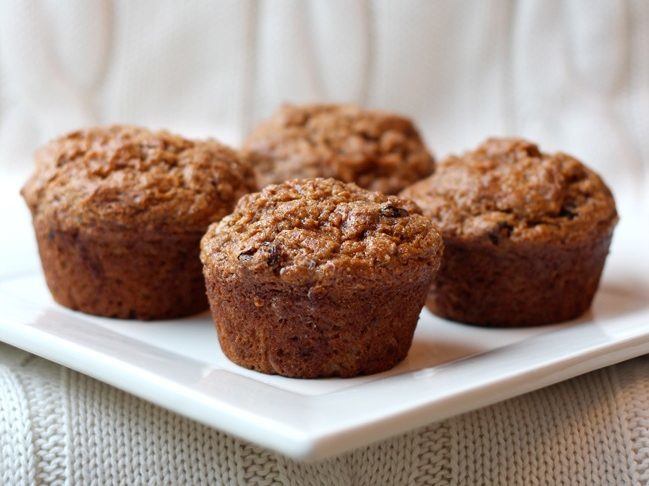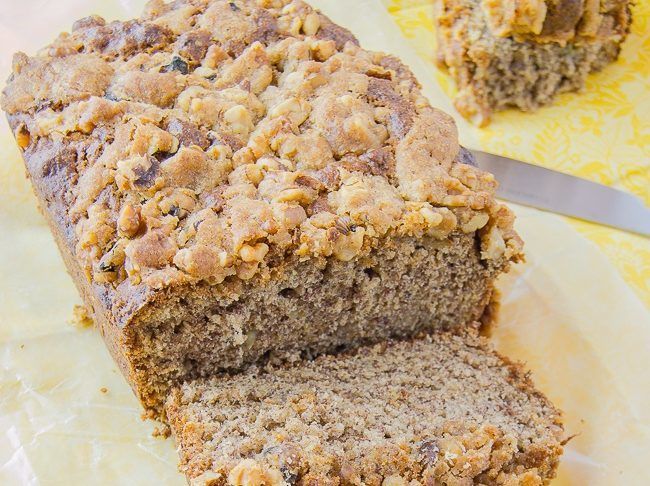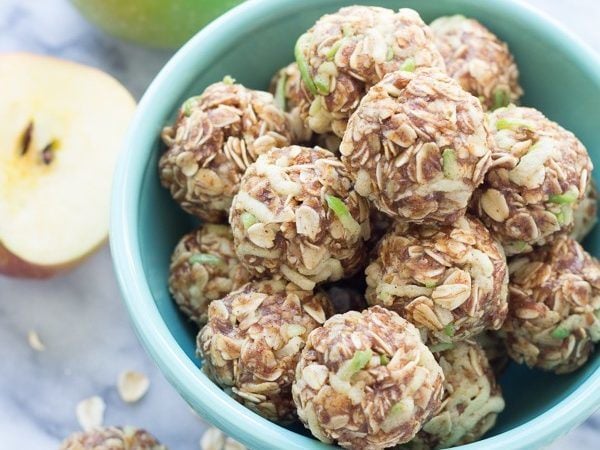It’s so versatile, you can wear flax as well as eat it!
Flax seed was originally cultivated in the Middle East around the era of 2000 B.C.[1] Through the effects of foreign trade and demand, flax production has dispersed throughout the globe, with Canada being it’s leading producer; followed by Russia, France, and Argentina. Because flax seed was recognized for its abundance of fiber early on, it has always been used for both culinary and textile purposes. The flax seed market has been steadily increasing in recent years due to its long over-due recognition for its nourishing properties, as well as it’s textile durability.
Flax seed is little in size but it contains many nutrients!
Just 1 ounce of flax seeds (equal to 3 tablespoons) will provide you with:
• Omega-3
• Fiber 8g
• Protein 6g
• Vitamin B1 31% RDA
• Mangenese 35% RDA
Don’t be fooled by their teeny tiny size, these little suckers pack quite a beneficial punch. In addition to the nutrients listed, flax seeds are also abundant in phosphorus, selenium, vitamin B6, iron, potassium, copper and zinc. To ensure that you are getting enough flax, add at least 2 tablespoons to your daily routine!
Flax offers way more than just fiber!
If you are familiar with flax seed, then you may already know that it’s packed with fiber which is vital for regulating cholesterol levels as well as blood sugar levels. But what else do these helpful little seeds have to offer?[2]
Healthy Skin and Hair
Flax seeds contain ALA fats which benefit the skin and hair by providing essential fats and B vitamins which reduces flakiness and dryness which can lead to dandruff. It can also help to decrease the appearance of acne, rosacea and eczema. Flax has also been found to reduce dry eyes.
High in Anti-Oxidants
The antioxidants found in flax seeds are known as Lignans. These are fiber-related polyphenols that provide us with anti-aging benefits, as well as hormone balance and cellular health. Polyphenols support the growth of healthy bacteria in the gut, and can help to eliminate candida or yeast growth. But that’s not all! They also contain anti-viral as well as anti-bacterial properties; strengthening your immune system.
Digestive Health
One of the reasons why flax is so beneficial is because of its high concentration of mucilage which is a gel-forming fiber that is water soluble and helps to aid in nutrient absorption. The ALA fats help to protect the lining of the digestive tract and maintaining overall GI performance.
Reduce the Risk of Some Cancers
It has been speculated that flax seeds can reduce the risk of breast cancer, and in some cases reverse the effects. The three lignans (antioxidants) found in flax seed naturally balance hormones, and are therefore extremely important for women’s health. Flax also has been reported to aid in battling colon, prostate, and ovarian cancer.
Alleviate Menopause
Because of its hormone balancing capabilities, flax and its derivatives are the elixir of life for women going through menopause because it contains estrogenic properties. It has shown successful results for the reduction of hot flashes.
Cardiovascular Benefits
The ALA fats present in flax have extraordinary anti-inflammatory properties and can protect blood vessels from damage. Because it also helps to greatly reduce the presence of cholesterol, flax helps to keep the arteries clear of any clogging.
Treat Carpel Tunnel Syndrome
When applied directly to the wrist, flax seed oil can greatly reduce the progression of carpel tunnel, and perhaps even reverse it.[3]
Is there such a thing as too much flax?
Adding flax seeds to your diet could increase bowel movements, and in some cases cause gastrointestinal distress with symptoms such as: bloating, gas, abdominal pain, constipation, diarrhea, stomachache and nausea.[4] Pregnant women are not recommended to consume flax because of the presence of estrogen.
There’s more than one way to eat a flax
Flax can be consumed in a few different ways:[5] • There is brown flax seed which can be consumed whole as either raw or toasted.- To consume this, just sprinkle it on top of your granola, yogurt, salad, or literally anything. • There is also golden flax seed, which like it’s brown counterpart can be eaten either as toasted or raw. – Serving instructions are identical to that of the brown flax. • Flax is commonly ground into a meal, and incorporated into shakes or mixes for baking or cooking. It is a great base for raw breads and wraps, as well as an excellent binder and egg replacement. • Lastly, flax seed oil is also readily available. Flax oil is more commonly used for topical purposes, but serves just as well as a food item.
Some yummy flax seed recipes you need to try!
Flax Seed Crackers
A crispy, satisfying way to add more flax to your snacks!
Flax Seed Oatmeal Pancakes
Start your day off right with a nutrient dense breakfast.
Blueberry Super Smoothie
After trying this recipe , you’ll be putting flax on everything!
Keto Wraps
An easy guilt-free addition for a low- carb meal!
Gluten-free Muffins
You’re spoiled for choice with 25 muffin recipes!
Banana Bread
A classic favorite, with a hidden healthy twist!
Apple Cinnamon Cookie Energy Bites
A simple snack to chow on when you need a healthy pick-me-up.
Too much of a good thing is bad, be aware of over-consumption!
Because the over-consumption of flax seeds can lead to GI problems, it is not recommended that you exceed more than 50g of flax seed daily. To safely (and comfortably) reap the benefits of this miraculous seed, consume 2 tablespoons of ground flax, or 3 tablespoons of whole flax seeds daily.
